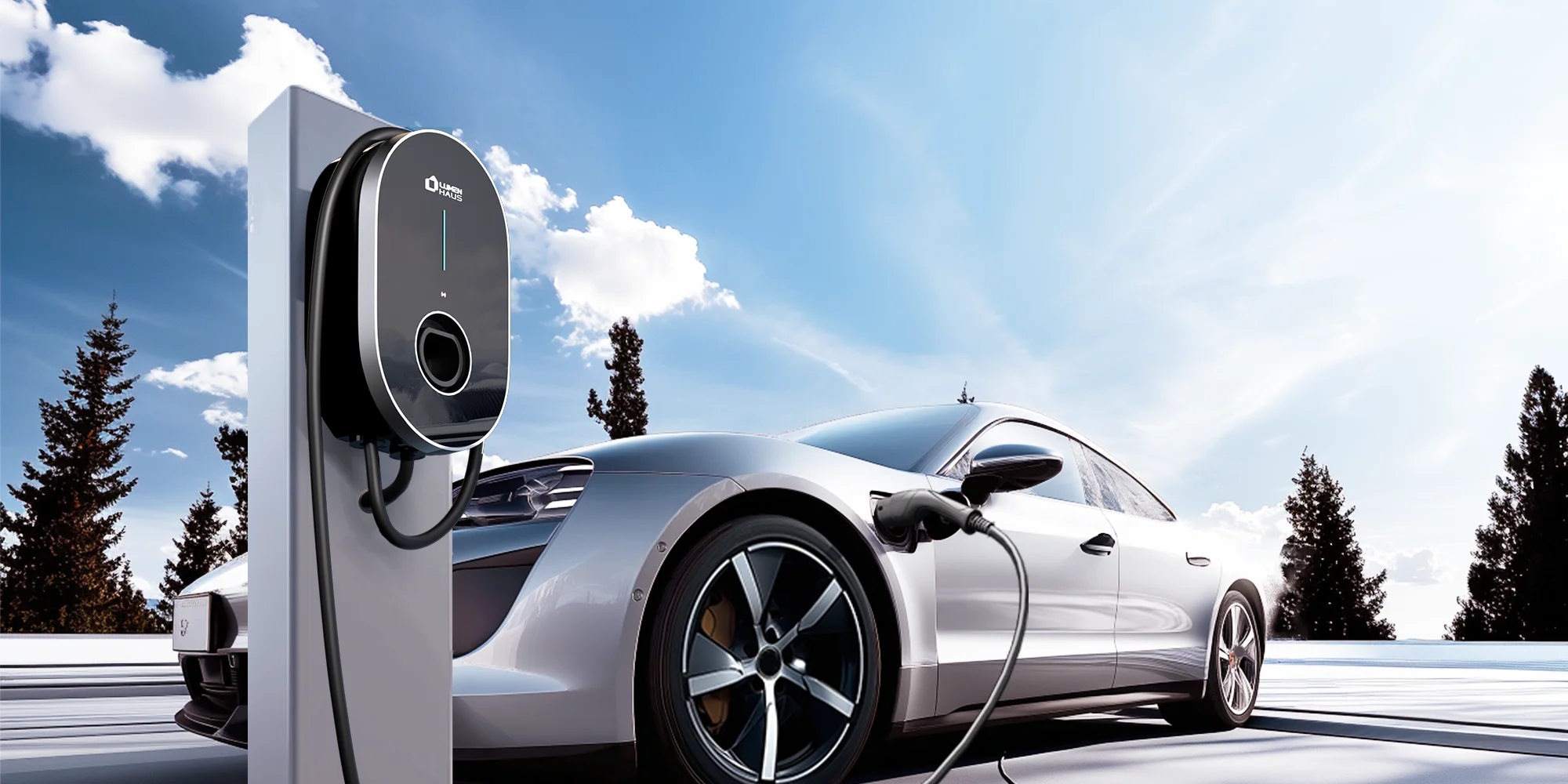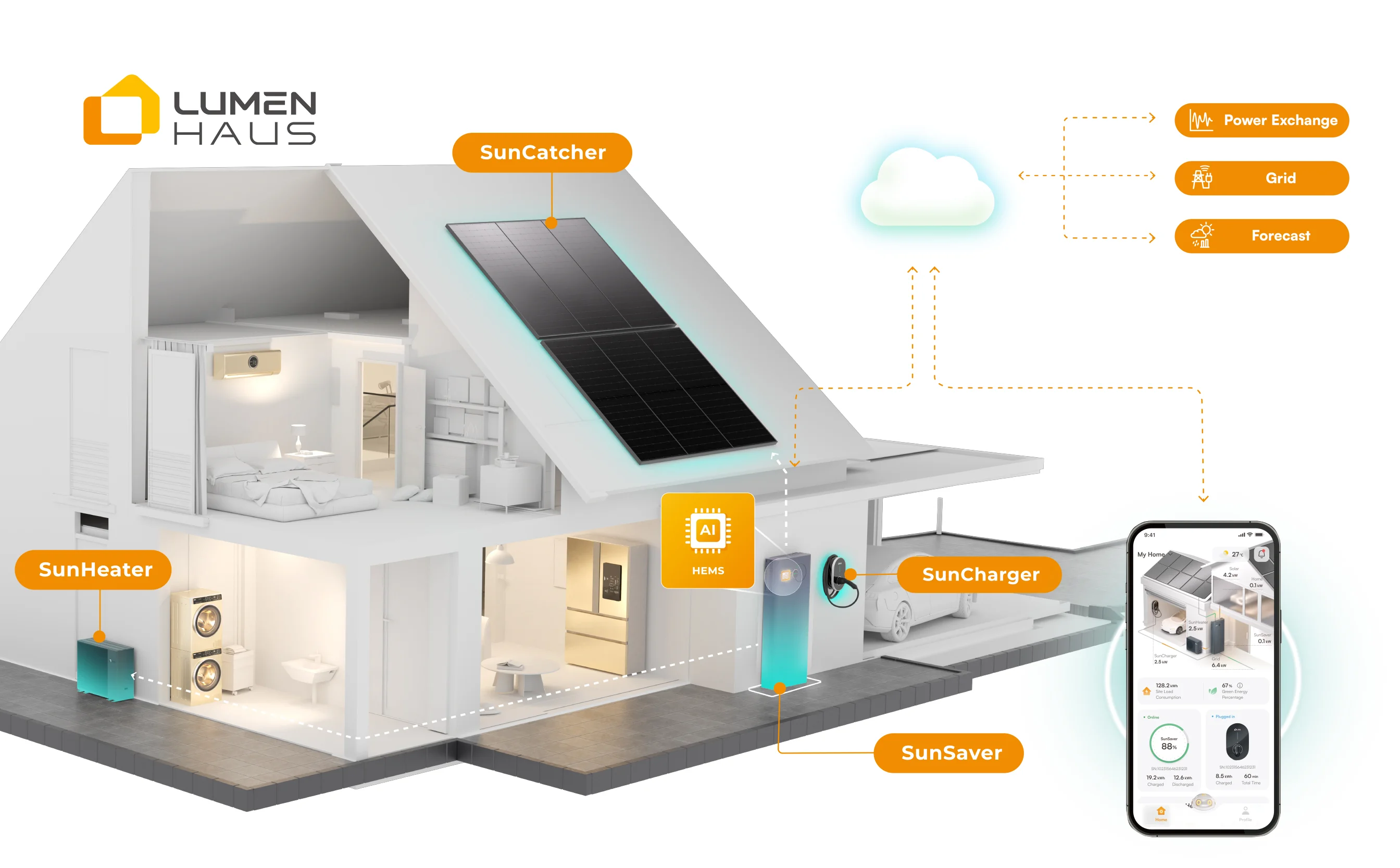What Every Homeowner Should Know Before Installing EV Chargers
So you want to get an electric vehicle charging point installed at home but don’t know where to start? Then this is for you!
First of all, well done for buying an electric vehicle (EV). That’s a big step towards a green future. But before you dive into the world of e-mobility, you need to think about how you’ll charge your vehicle at home. Having a home charging point makes the charging process easy, safe, and efficient. But what do you need to know before you get started if you’re not an expert?
Today, we are going to reveal to you things you need to know before you get an electric vehicle charging point installed.

Why A Home EV Charger Instead of A Regular Outlet?
“Why don’t you just use a standard plug in their garage?” That is a question many people ask. That’s because standard household outlets aren't designed to handle the high, continuous demand of EV charging. This can lead to overheating and, in the worst case, fire.
A home EV charger, on the other hand, is specifically designed for this purpose. It not only charges your car more safely but also significantly faster. The charging period can be shortened from 12 to 24 hours (with a power outlet) to several hours, depending on the model.
5 Things You Need to Consider Before Installing EV Chargers
As a homeowner, there are 5 things that you need to know in order to get a good quality and safe installation.
1.Main Cutout Fuse Size: Well, what even is a main cutout fuse? You might not be familiar, but you sure have one in your house. To be exact, in your electric meter box. A cutout fuse is the main protective device or fuse that controls all the power coming. It limits how much power you can pull in from the grid. And why is this cutout fuse relevant to the EV charging installation? Well, the reason is that an EV charger is a significant load that’s being added to your electric main supply. And if your main fuse is not big enough, and you have got lots of other loads going on in the house, you could end up blowing this main fuse and losing power completely to the property. That could be a total disaster that nobody wants. So, make sure you know the size of your main fuse before doing the installation. Normally, 100 amps would be great to install a home EV charger. Under that, you might need to consult with your provider, as you would probably need it to be updated.
2.The Power Output: Kilowatts (kW) is used to measure charging power. Most private charging stations have a power rating of 11 kW, which is ideal for most electric vehicles and households. 22 kW charging stations charge faster but require network operator permission.
3.The Right Placement: Think about where the charging station will be mounted. It should be easily accessible, and the cable length should be sufficient to connect your vehicle comfortably. Besides, consider also the location of your car’s charging outlet, as different car brands might have different charging outlet locations. This will assist you in choosing a location for your charging station installation. To avoid a trip hazard, place the charging station close to the car’s charging port. At the end, whether you install the EV home charging station in the garage, carport, or on the house wall, the installation location must be dry and protected from the weather. Installing the charging station in a garage should be done at a sufficient height that will keep the cars from hitting it and damaging it. And if you want to install it outside, make sure that it is installed within your property lines. You can’t place the station in public, or it can be considered a zoning violation.
4.Charging Speed Needed: Many people directly say, ‘i want the fastest charging point possible.’ To answer this, you need to know the kilowatt of the station, the type of the station (AC or DC), and also depend on the phase supply. For example, a three-phase supply will be suitable for 22-kilowatt AC charging. But most houses only have a single-phase supply, so an EV charger with a maximum of 7-kilowatt AC charging is the standard. The more kilowatts the station has, the faster the charging process will be. So, 22-kilowatt charging sounds tempting, no? Well, not really. You also need to look at your vehicle. Does your vehicle have a 22-kilowatt onboard charger? You need to find out the answer to that question; otherwise, it’s pointless to put a high-kilowatt charger in.
5.Get a Pro: You shouldn’t install a home EV charger yourself. A qualified electrician will need to inspect your home’s electrical system, ensure the installation meets safety regulations, and register the EV home charger with the grid operator. Check if your electrical system can handle the extra load from the charger. A professional installation means safety and full functionality. The electrician will need to install a separate circuit with a residual current device (RCD) to protect against electric shock and ensure the whole house wiring isn’t overloaded.
Avoiding Common Home EV Charger Installation Mistakes
There is a big mistake that a lot of homeowners make. They don't coordinate with their homeowners' association (WEG) or landlord before planning their installation. Since December 1, 2020, thanks to Germany's "Wohnungseigentumsmodernisierungsgesetz" (WEMoG), every tenant and condominium owner has a legal right to install a private charging station. However, this right doesn't mean you can proceed without informing others. You must still coordinate with your WEG or landlord on how the installation will be carried out and who will bear the costs. Even if you are the owner of the house, you also need approval from the WEG to install an EV home charging station. A smooth installation requires communication and formal approval to ensure all technical and legal requirements are met.
Installing your own EV charging station at home is a worthwhile step. Plan the optimal location and always hire a qualified electrician. This way, nothing will stand in the way of a straightforward charging experience for your electric vehicle!
So I hope that this guide has enlightened you to the world of electric vehicle charging and all of the things that are involved in getting a safe and high-quality installation done. If you find this helpful, why not share this video with somebody else who you think might benefit from it?



